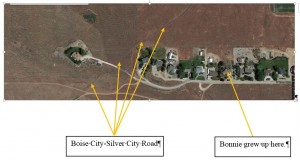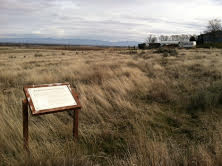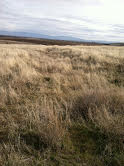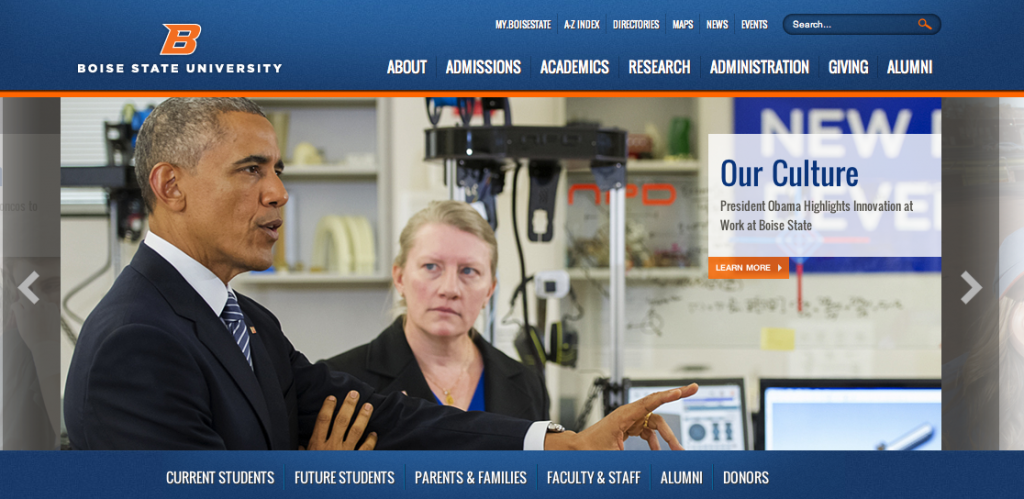These articles raised some interesting questions about how the public practices history. I think we had mentioned the re-enactors in class and considered them hobbyists, rather than professional public historians, but it was fascinating to delve into the details of the people (mostly one person) that really subscribe to it as more of a lifestyle than a hobby. Wikipedia entries were a surprising topic choice for me, as I hadn’t previously put much thought into who contributes, what is accepted, what obstacles contributors or editors face, etc. I think a common thread between the original articles, “Embedded with the Reenactors” and “The ‘Undue Weight’ of Truth on Wikipedia,” and also a topic that critics of these articles highlighted were questions of inclusion/exclusion, democratization of practice, and general demographics of participants in these two realms.
Something that I found telling in the Kowalczyk article was when his guides pointed out other reenactors: “That one over there is actually female; she’s a graduate of the Air Force Academy. Him over there, he’s a real Army colonel. Another is a meteorologist. Another is a schoolteacher. One’s a naturalist for the state of Ohio. And we have one young man with us on leave from Mosul in Iraq.” Considering Old Hickory’s military background as well, this gave me the overall impression that reenactors are more like the image Kowalczyk painted of Tim, basing his love of reenactments more on the joy of childhood games of cowboys-and-Indians and treehouse charters than on the historical pursuit of the subject. It may have been different if the reenactors were pointed out differently, with “her over there, she’s a real author on this battle. Another is a local museum expert of the subject, mainly the material culture surrounding the war. Another is a professor at the local college, and teaches on the war.” Overall, I wondered at the line of spectators, and what drew them in, especially when the actual battle was described as slow, boring, and with enough breaks for the overweight reenactors to catch their breath. I laughed along with Kowalcyzk at the prospects of Old Hickory finding a 18th century reenacting and sewing girlfriend, and at the wife chastised by her husband for using her cell phone. I did marvel at Old Hickory’s commitment in the Washington-Rochambeau March as well as his borderline obsession with being, not portraying, Andrew Jackson. I do wonder, like The Atlantic author Levin, at the continued popularity of reenactments, and if it will be a dying hobby. I didn’t realize that there were reenactments of Vietnam and Korean War era battles, and I find it hard to believe that anyone would want to reenact the Iraq or Afghanistan conflicts, though that is probably because we are more embroiled in the current emotional issues surrounding the war, whereas in the future what remains is the factual accounts of the events and a desire to honor the legacy of those that participated, like the current reenactments of the F&I War. I appreciated The Historiann’s treatment of the Kowalcyzk article, questioning the inclusion and exclusion of the narratives and subjects portrayed in reenactments. For reenactments to tastefully include non-majority groups (unlike the body-painted white “Indians” in the F&I reenactment), they must be willing to attribute agency and historically important roles to the normally excluded “others.” I would optimistically say that these types of reenactments would be an interesting exercise, but considering how racialized wartime narratives have been preserved up to this point I don’t see it likely that reenactments could portray the Iraq war, for instance, without demeaning the enemy. I would, however, like to see reenactments of subjects like Cesar Chavez’s march, African American civil rights events, and others suggested in the Historiann article, but I do doubt that very many “middle-aged white men” could be “persuaded to cede the heroic roles to other reenactors,” unless they really are interested in representing the entire narrative, perhaps as actors, activists, and even professional historians.



